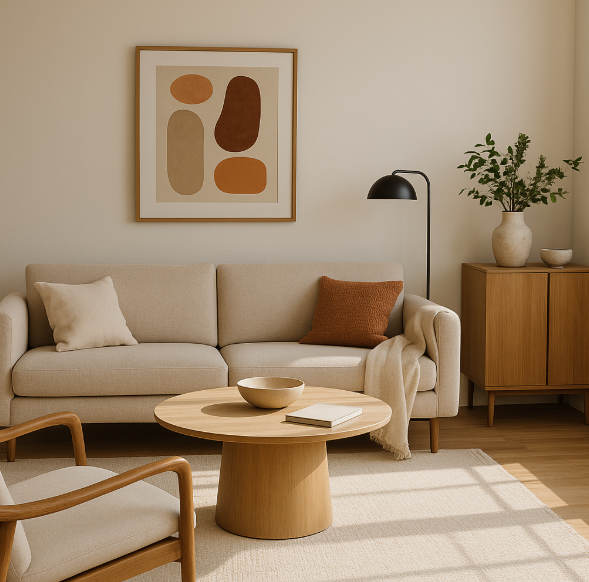Zen Garden Ideas for Relaxation: Design Your Own Peaceful Escape
🌿 Why Zen Gardens Are More Than Just Aesthetic Zen…
🌿 Why Zen Gardens Are More Than Just Aesthetic
Zen gardens—known in Japanese as karesansui (dry landscape gardens)—aren’t just eye candy for minimalists. They’re powerful tools for mental clarity, mindful living, and stress reduction.
According to a 2023 study published in Frontiers in Psychology, exposure to natural and minimalist garden settings significantly reduces cortisol levels and activates the parasympathetic nervous system—the part of your body responsible for “rest and digest.”
👤 “After ten minutes in my Zen corner, I feel like I’ve meditated for an hour.” – Lina M., home wellness enthusiast
Let’s dig into how you can recreate that experience in your own backyard, balcony, or even tabletop.
🏞️ 1. Start with the Foundation: Sand, Gravel, or Moss?
Each material evokes a different vibe:
- White gravel or sand: Represents water and movement. Raking it into patterns offers meditative benefits.
- Moss: Softens the space, adds color, and naturally retains moisture—ideal for shaded areas.
- Slate or lava rock: For a modern, slightly dramatic twist.
Pro Tip: If you’re short on space, a tabletop Zen garden with fine white sand and mini rakes works wonders!
🪨 2. Stone Placement: The Heartbeat of Stillness
Zen principles emphasize asymmetry and wabi-sabi—the beauty of imperfection. Rocks symbolize mountains or islands and are typically placed in odd numbers.
🔸 Use three large stones in a triangular layout to create a focal point.
🔸 Add pebbles or stepping stones for rhythm and gentle direction.
🧠 Neuroscience backs this: the brain responds more positively to natural asymmetry than to artificial symmetry, which can feel “too perfect.”
🍃 3. Green Accents: Less Is Truly More
Instead of lush flowerbeds, go for:
- Bonsai or dwarf pine: Symbolizes resilience and time.
- Ferns or Japanese maple: Provide softness and movement.
- Bamboo water spouts (shishi-odoshi): Add gentle sound therapy.
🎍 Minimal greenery focuses your mind without overstimulation.
💧 4. Water Features (Optional But Magical)
Though dry gardens are the norm, a small koi pond, ceramic water bowl, or recycled mini waterfall can bring auditory calm.
“The sound of trickling water masks neighborhood noise—it’s like nature’s white noise machine.” – Alex T., urban gardener
🔥 5. Zen Lighting for Evening Calm
- Soft solar lanterns
- Tea lights in stone holders
- Low ground-level LED strips
Avoid harsh lighting. Your garden should glow, not glare.
🧘 6. Meditation Corner or Seating Area
Designate a corner for:
- A stone bench or wooden platform
- Yoga mat + floor cushion
- A single chair under a tree
The key? Comfort and stillness, not excess.
🛠️ Bonus: Quick DIY Zen Garden for Apartment Dwellers
🪴 Get a shallow ceramic tray
🪵 Add sand, tiny rocks, and a mini rake
🧘 Light a candle nearby and take five mindful minutes every morning
Perfect for your desk, nightstand, or windowsill.
🧭 Final Thoughts: Finding Peace in Simplicity
In today’s world of sensory overload, a Zen garden isn’t just décor—it’s a ritual of slowing down. Whether you build a full-scale outdoor escape or a tiny desktop version, the benefits are real: lower stress, clearer thoughts, and a deeper connection to the present.
💬 “My Zen garden taught me that silence isn’t empty—it’s full of answers.”





